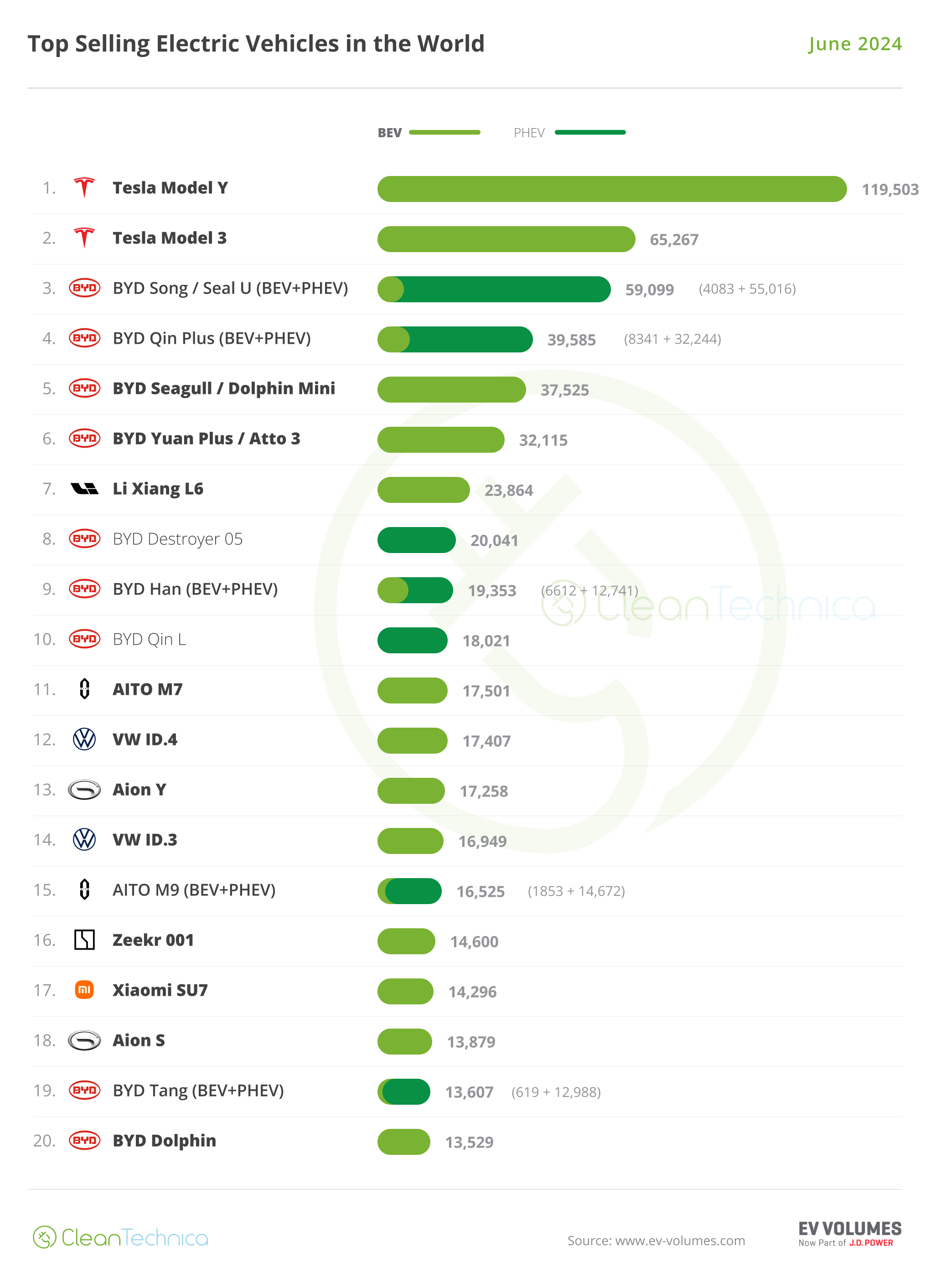The German healthcare system, renowned for its efficiency and quality of care, is at a critical juncture in the postpandemic era. The results of a McKinsey survey of physicians in Germany highlight substantial challenges that could be affecting the quality and reliability of patient care (see sidebar, “Research methodology”). The survey results also inspire optimism, however: most physicians believe the issues could be resolved with technology-enabled solutions, innovative organization designs, and revamped processes.
Among the key findings, respondents indicated staff shortages and high levels of bureaucracy prevent them from fulfilling their core responsibility of providing medical care to patients. They reported 40 percent of healthcare jobs vacated during the pandemic remain unfilled, with particularly acute shortages of nurses and medical assistants. Additionally, respondents reported the time they spend on administrative tasks, recordkeeping, and documentation has been steadily increasing compared with pre-COVID-19 levels, and they expect it to continue increasing. As a result, 35 percent of physicians said they are at least somewhat likely to leave their current job within five years. Among all physicians surveyed, 64 percent did not intend to pursue a clinical career if they leave their current position. Nearly 30 percent of physicians reported being burned out, although the percentage is higher among younger physicians (43 percent of physician respondents aged 30 to 39 compared with 18 percent of physician respondents aged 60 to 69).
The solutions physicians identified as most likely to overcome some challenges are nonmedical in nature and entail expanded use of technology-based tools.
The solutions physicians identified as most likely to overcome these challenges are nonmedical in nature and entail expanded use of technology-based tools. Specifically, respondents expressed interest in solutions such as electronic appointment scheduling, electronic health records, and online interactions that could reduce administrative burdens. According to the survey, at least two-thirds of physicians are inclined to use these solutions even though existing digital options are still underused. For example, although telemedicine is considered critical for addressing challenges (such as time constraints, lack of flexibility, and inconvenience for patients) and more than 80 percent of surveyed physicians offer it to their patients, less than 5 percent of all physician visits take place virtually, the respondents reported.
1. Pressing challenges reported by surveyed physicians in the current system
Respondents from various specialties painted a vivid picture of the hurdles they confront on a daily basis. Among the issues identified as most pressing were staff shortages and an increasing administrative burden. Consequential issues also included the excess number of digitization projects already under way (sometimes for years); declining revenues, which could be contributing to underinvestment in modern technology infrastructure; and challenging succession planning as physicians nearing retirement age struggle to find enough younger doctors to take over their practices. Nearly a third of physicians in Germany today are more than 60 years of age.
2. Potential consequences of the challenges facing surveyed physicians
The survey revealed a spike in attrition among surveyed physicians. Thirty-five percent of respondents said they were contemplating leaving their current role within the German healthcare system. Factors such as demanding work schedules, inadequate staffing levels, the allure of higher-paying opportunities elsewhere, and deteriorating work–life balance could prompt healthcare professionals to consider alternative career paths.
3. Creative remedies including technology-enabled solutions
To surmount the challenges highlighted in this survey and to mitigate any far-reaching consequences, respondents pointed to a variety of actions that the German healthcare system could explore.
Digital tools and innovation. The survey underscores that solutions focusing on administrative improvements could address many pressing issues. These innovations not only streamline operations but also enhance the overall patient experience by reducing wait times and paperwork hassles. Conversely, the survey revealed that respondents perceive digitally enhanced decision support tools and biotechnological innovations such as 3D printing to be less helpful in addressing the current challenges.
Supportive leadership and good working conditions. Within healthcare organizations, supportive leadership and good working conditions play a pivotal role in retaining and attracting healthcare professionals. The survey highlights that physicians value leaders who genuinely care about their well-being and communicate transparently. Furthermore, non-task-related factors, including lifestyle considerations, salary, and autonomy over work schedules, featured prominently in respondents’ decision-making processes when considering offers from other organizations.
4. The path forward
Stakeholders throughout the German healthcare system could help ensure the provision of high-quality patient care by addressing the present and future challenges identified by survey respondents. Although some stakeholders may struggle to adapt, others will seize the opportunity and create value through innovation. The strategic choices stakeholders make in the next few years could determine their future success. Key considerations for these choices vary by stakeholder group:
Healthcare delivery organizations. To alleviate workforce shortages and prevent more clinicians from leaving their roles or the profession altogether, healthcare delivery organizations could continue to rethink their approaches to talent management and operational excellence. The former may entail striving to create a vibrant work culture, developing programs to attract and retain top talent with appropriate incentive mechanisms, increasing the emphasis on nonmonetary benefits such as training and education, and offering flexible working conditions. The latter may require an end-to-end strategy encompassing digitization, automation, and technology adoption to reduce administrative and documentation burdens and maximize time for direct patient care. Organizations that excel in both areas could emerge as sought-after employers and technology leaders.
Investors. Investors including private equity and venture capital firms could play a vital role in transforming the healthcare system and create substantial value by financing innovation. For example, they could invest in innovative technologies such as digital and AI solutions (including generative AI) to facilitate documentation and administration. Likewise, they could invest in innovative shared services at scale (for example, in supply chain) to boost efficiencies, access, quality, and workforce experience in their portfolio care delivery organizations. Success in this area, however, would require substantial physician trust and engagement. For example, investors could actively communicate to physicians the benefits of taking a portfolio approach, including economies of scale and access to innovative solutions. These benefits could continue to accrue to physicians as investors expand their portfolios with add-on acquisitions.
Technology and other companies. Growing demand for innovative tools to meaningfully reduce high administrative burdens and other healthcare challenges could present a substantial opportunity for technology and other types of companies to develop and grow. Companies that already operate software or platform businesses and offer solutions that could address known healthcare pain points (administrative burdens, for instance) are well positioned to participate in this attractive and growing market.




